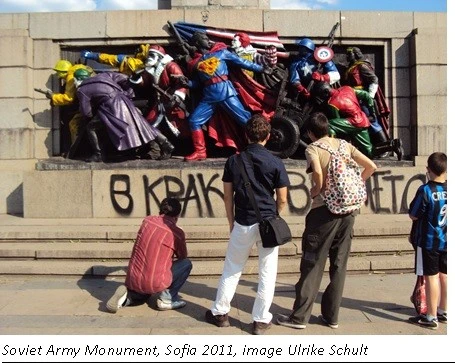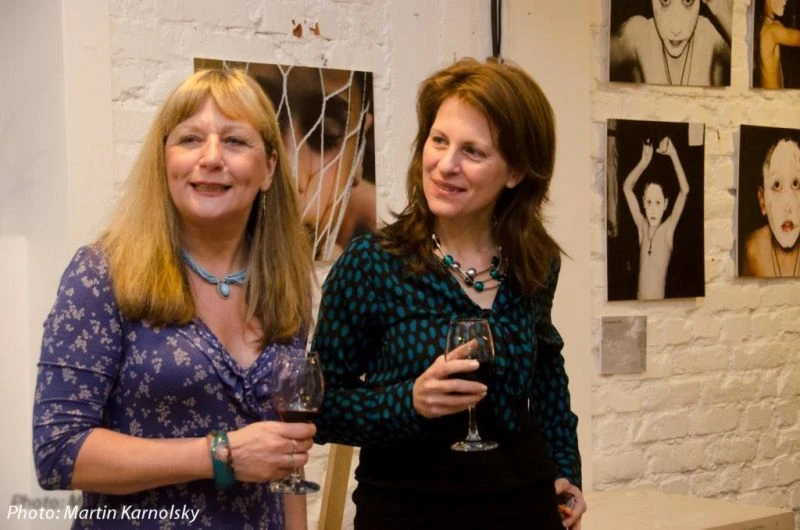Photo by: Martin Karnoslki
Several of our seminal research papers focus on the evergreen community leadership and implicit cultural policy which govern the values binding communities together. We would advise you to start your journey with one of the most referenced papers
Implicit Cultural Policy - the role of Social Clubs in Communities
The authors Ruth Cherrington and Petya Koleva offer a comparative study of those areas of policy not labeled as “culture” that nevertheless affect culture in no uncertain terms.
READ more > Implicit cultural policy is found in the bottom-up civic action, such as the movements in the same period of European history that in two regions gave rise to Social Clubs (WMC) in the UK and the “chitalishte” community club (Bulgaria).
The chitalishte model was later exported and exploited by top-down policy across Europe, the Socialist states to Latin America and Asia in the creation of cultural houses. At the dawn of 20th century, however, these two phenomena resulted from citizen-led action promoting the political and cultural rights. They were built with citizen donations and with volunteer work and even under the pressure of the 21st Century, they still exist today. Their locations also reflect the all-inclusive policy of the citizen initiative leading to their creation. The implicit choice behind this networking platform was to provide social cohesion across educational or social backgrounds, age, gender or economic barriers.
The post-COVID area has caused many to look into how that power can be regained with diverse forms of culture-nature-rebuilding of resilience. You can check our training tools for the Vitality project here.
"The city as dialogue“ Gabrovo (Bulgaria)
which over the last decades has moved from being the position of a shrinking city to a city of cultural transformation. The authors Mariana Prodanova and Petya Koleva provide three reasons for this. It entered in the competition for the title of European Capital of Culture (ECoC) as one of the towns from Bulgaria competing for this title in 2019 and again in 2025!
A Capital at Crossroads: Sofia, Bulgaria
Petya Koleva & Elisa Calosi, Designing Inclusion, NY PRATT, 2017

June 2011, an art group called Destructive Creation transformed one of the many monuments dedicated to the Russian army in the culturally rich capital of Bulgaria. ‘Keep up with the times’ was inscribed at the feet of the soldiers converted into comic characters (Santa Claus, the Joker etc.). This subversive public intervention shed an ironic look on changes affecting Bulgaria, like globalization and the pervasive presence of the neoliberal economy. Today, a quarter of a century after the fall of the Berlin Wall and the consequent end of the socialist era, the need to keep abreast with change and stay aware of how global developments affect local contexts remains a topical message. Read the PDF here

